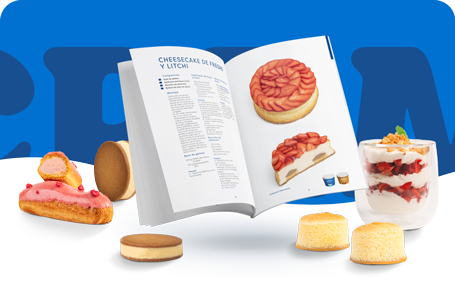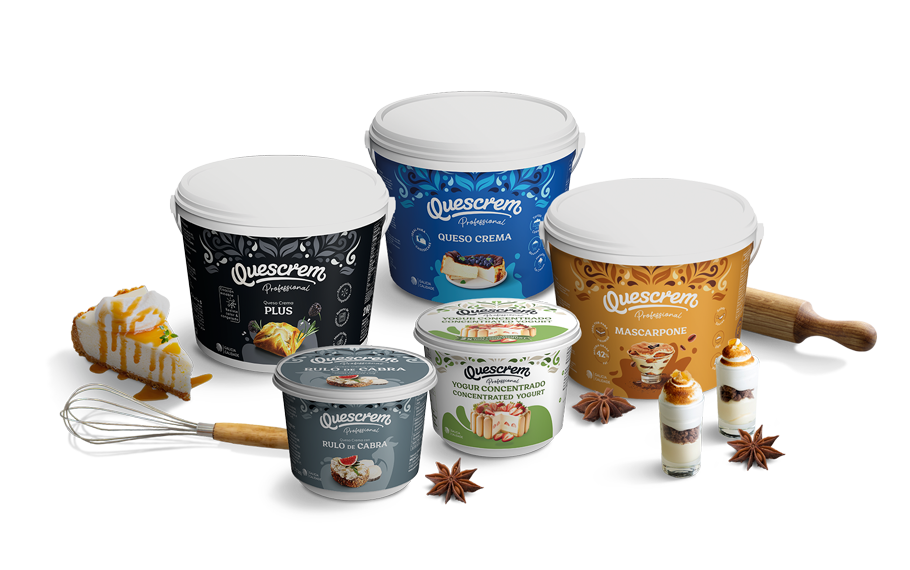Menu Engineering is the discipline in charge of studying the gastronomic offer of your restaurant to improve its profitability. It starts from the premise that the menu is much more than a piece of paper with a price list, and through a series of engineering techniques establishes what dishes, in what order, and how they should appear on your menu to optimize the results of your hospitality business .
The menu is one of your best sales tools and, according to some professional sources, a smart menu design can help increase restaurant, bar or cafeteria profits by more than 15%. And when we talk about “menu design” we are not referring to design in terms of aesthetics and graphic design, but in terms of menu engineering. A strategic menu design that takes full advantage of the menu’s potential for your business will help you improve your results and increase your profits.
When Menu Engineering is applied to the menu of a restaurant, each of its elements is analyzed in detail, the profitability and popularity of each dish, if the dishes that appear are the right ones, if they are in the right order and position, if they have attractive and appealing names and descriptions, etc. Everything has to be intelligently chosen to help you sell and connect your business objectives and interests with the preferences of your clientele.
Here are 6 must-have menu engineering strategies to increase your restaurant’s sales.
1. Make a detailed cost estimate
If you don’t know how much each dish on your menu really costs, you can’t know how to price it for maximum profitability, and you can’t know where to put it on the menu. This is why it is necessary to carry out an exhaustive study of the costs of each preparation, without estimations, valuing each and every one of its individual ingredients, no matter how small the quantities (oil, salt, spices…). In order to make a good cost estimate, it is very practical to break down each ingredient in a table indicating the following aspects in parallel columns:- Gross weight: the total weight of the product.
- Net weight: the resulting weight after shrinkage.
- Shrinkage: the part of the product that we will not be able to use in the processing.
- Unit price: the cost of the ingredient expressed in euros/ kg.
- Total price: the price we have paid in total for the product calculated on its gross weight.
2. X-ray your chart in depth
Doing an in-depth analysis of your menu is a fundamental point of menu engineering to identify its categories and sections and then classify each dish according to its cost and popularity. This way you will know exactly where to strategically place each dish on the menu in the position and manner that will bring you the most benefit. We describe below how to do it:-
Identify the categories and sections of your chart.
-
Rank each dish according to cost and popularity.
After this detailed analysis of our menu, we are now in a position to know which menu items are most popular and have the best profitability for the business. These are the star dishes, the ones we are most interested in highlighting on the menu and that customers notice and demand. What to do with those dishes with high profitability but low popularity? A very effective tool is to encourage your staff to offer them to customers and study their reactions. Perhaps they do not find them attractive or find them too expensive. Or they are placed in such a way in the menu that they go completely unnoticed. Perhaps making a few adjustments, such as a different name or description or changing their position on the chart, is enough to draw attention to them. Inevitably, there will always be popular dishes that are not very profitable but it is advisable to keep them as an attraction for your business. And finally, with respect to dishes with low profitability and popularity, it will be best to do without them on the menu.
- Most profitable and popular(star dishes)
- The very popular but not very profitable(workhorse dishes)
- Unpopular but very profitable(puzzle plates)
- Those that are neither profitable nor popular(dog dishes).
3. Take care of the name and description of each elaboration
Pay special attention to the names and descriptions of the dishes. A very generic name is not advisable, it is always important to give some useful information in it and not “force” in any case to read the description. Example: a “Dessert of the house” does not give enough information to the diner while something like “Tartlet of the house with red fruits” not only indicates that it is the typical homemade dessert of this establishment but also tells the diner what the dessert consists of. In the description of the dishes, avoid explanations that are too long and with too many frills. Opt for simple descriptions that summarize the texture, flavor of the dish and cooking method. Continuing with the previous example, we would describe our house fruit tartlet as “crispy puff pastry base with cream filling and caramelized fruits”.4. Pay attention to the position and presentation of a dish on the menu.
When we look at a document our view traces what menu engineers have called the “golden triangle”. . Our eyes first move to the middle to move to the upper right corner and then to the upper left. In this area of a triangle would be where the most profitable dishes for a business should be placed. It is also very important how we present the letter. It is important not to overdo long menus with a long list of dishes. Do not overdo the visual aspect, with excessive photos and colors, and select quality photos of those dishes you really want to draw attention to. If the customer gets lost in a tangle of endless lists and images of dishes, he will end up getting saturated and choosing what he already knows. Remember that the objective is just the opposite, to use the menu as a tool to get the customer to choose what interests us most.5. Be aware of the psychology of prices and consider promotions.
There are several tricks to keep in mind when assigning the prices of the dishes on the menu so that they do not become an element against us:-
Eliminate price currencies, thus reducing part of the impact of the cost of the dish and, according to recent studies, making customers spend more.
-
Do not include ellipses between the name of the dish and the prices. In this way, the customer perceives the menu as a price list and will choose accordingly.
-
Opt to use round numbers. It is the predominant style in the most exclusive establishments, providing a more elegant touch.



